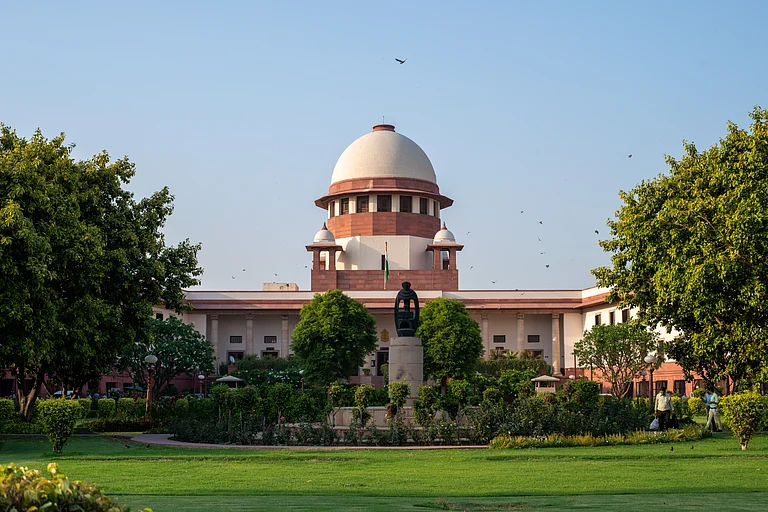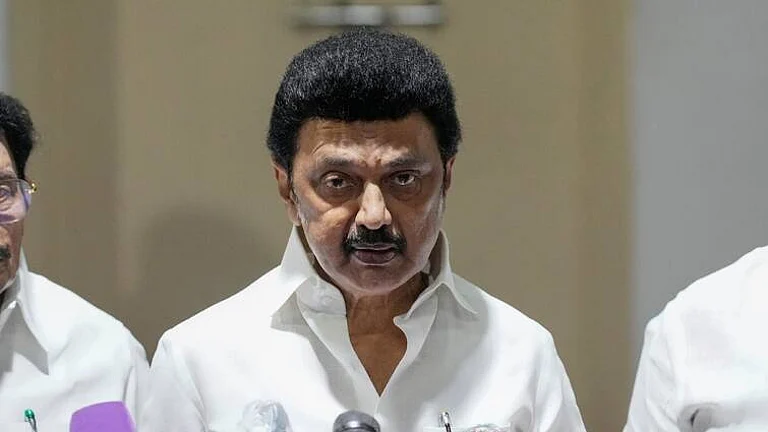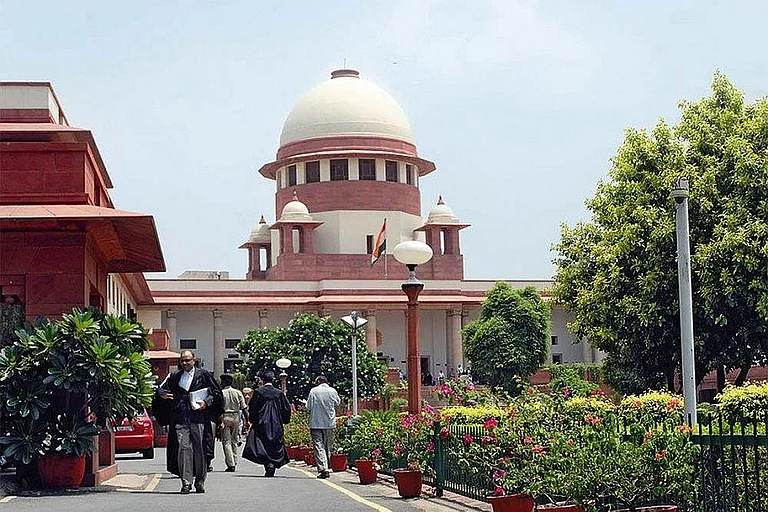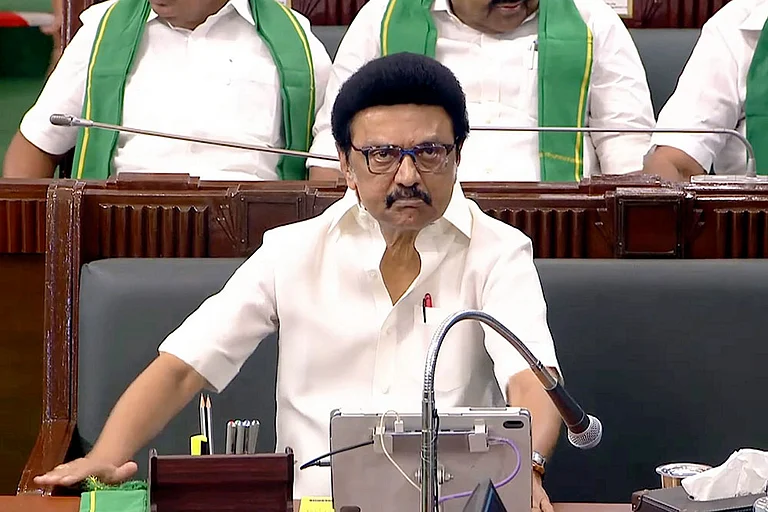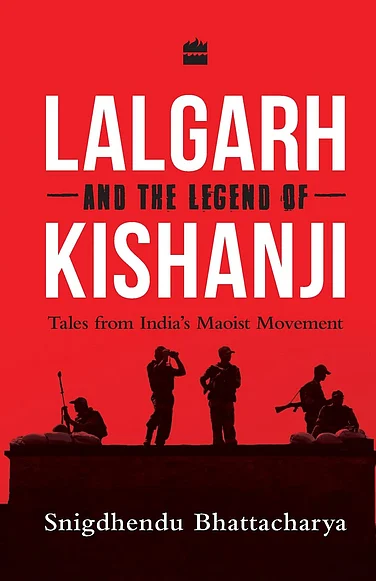
The Tamil Nadu judgment and the presidential reference together clarified that Governors must act within a reasonable time and cannot go beyond the constitutional options of assent, return, or reservation.
Both decisions strengthen democratic accountability and State autonomy by preventing unelected constitutional heads from obstructing the legislative work of elected governments.
The Court underscored that constitutional offices must function in harmony with democratic expectations, ensuring timely decision-making so that governance and public administration are not paralysed.
The Bench of Justices Pardiwala and Mahadevan, in the Tamil Nadu case earlier this year, reached one of the most sensible and grounded conclusions once the full facts were on the table. Across several States, Bills had been piling up on Governors’ desks, with measures requiring timely approval left in limbo. Entire areas of administration were slowing down simply because a constitutional authority chose not to act. This was never how the Constitution was intended to operate.
In this strained and uneasy context, Justice J.B. Pardiwala delivered a judgment that located the functioning of Articles 200 and 201 firmly within the framework of democratic responsibility. The Court’s reasoning was not only faithful to the constitutional text but also essential for maintaining the balance between elected governments and constitutional heads, whose role is to support rather than obstruct the legislative process.
When the Court examined the factual record from Tamil Nadu, it saw a grave legal question. Bills had been pending for years and matters relating to public appointments, premature release of prisoners, and several policy decisions were left untouched by governors, exercising their pocket veto. In a parliamentary democracy, where the executive is answerable to the legislature and the legislature reflects the people’s mandate, such unresponsiveness creates a constitutional deadlock. It stops the elected government from functioning and reduces legislative accountability to an empty formality. Justice Pardiwala’s judgment recognised this and responded with clarity, restraint, and a principled reading of the Constitution.
Article 200 sets out what a Governor must do when a Bill is presented. It says the Governor shall declare whether he assents, withholds assent, or reserves the Bill for the President. That language was crafted to impose a duty, not create an opening for silence. The framers debated the earlier colonial model and intentionally removed the phrase in his discretion from the draft Article. They wanted a Governor who acted through advice, not one who treated the office as an alternative centre of political power. Bench in Tamil Nadu case did not need to reconstruct this history, it reiterated the constitutional scheme with some strict checks and balances, this simply restored a reading that the Constitution had always expected.
The central insight of the Tamil Nadu judgment was that Article 200 does not offer a fourth option. There is no constitutional space for indefinite delay. There is no pocket veto hidden between the lines. If the Governor disagrees with a Bill that is not a Money Bill, he may send it back with reasons. But if the Assembly reconsiders and passes the Bill again, with or without amendments, the Governor must give assent. The proviso leaves no ambiguity. The use of the phrase shall not withhold assent is a mandatory instruction. It does not permit a Governor to reopen the matter or reserve it for the President after reconsideration. This structure protects the core democratic idea that the legislature’s second thought is final.
In Tamil Nadu, the Assembly passed several Bills again because the Governor initially withheld assent without sending them back. Once that happened, the Governor had a single constitutional course left. Justice Pardiwala’s judgment gave effect to this requirement without embellishment. This was not judicial innovation. It was faithful interpretation. The decision reaffirmed that a Governor cannot act as a parallel legislature or become a reviewer of legislative policy. His role is to decide within the narrow constitutional framework and do so within a reasonable time.
The judgment also addressed an uncomfortable truth about modern Indian federalism. If Governors can indefinitely delay Bills, the Union government acquires an indirect power to stall State legislation. This undermines the autonomy of States and distorts the delicate balance that the Constitution sets between the Union List and the State List. Justice Pardiwala recognised the seriousness of this risk. He made it clear that Governors are not agents of the Union and cannot exercise their options in a manner that practically creates a veto for the Centre. This part of the ruling was essential for preserving the integrity of State governments across the political spectrum.
To understand why this matters, one must look beyond the legal text. A State government functions through decisions that require timely approval. Delays at the gubernatorial level can disrupt budgets, appointments, welfare measures, and even criminal justice administration. When the Governor’s office does not act, the administration does not slow down gradually but stops at once. The people who voted for a government then find their State unable to legislate, unable to implement, and unable to govern. Justice Pardiwala was sensitive to this democratic reality. His judgment treated the issue not as a technical dispute between constitutional authorities but as a question that affects the functioning of government itself.
This led to the presidential reference. The President sought the Supreme Court’s advisory opinion on fourteen questions about presidential powers. At first glance, it appeared to be an attempt to revisit the Tamil Nadu judgment. The reference framed the same issues that the Tamil Nadu court had settled just weeks earlier.
The advisory opinion did draw an important line. While it agreed that Governors cannot use silence as a tactic and must act within a reasonable time, it clarified that the Constitution does not allow courts to impose fixed timelines or treat inaction as deemed assent. It also took a different view from the Tamil Nadu judgment on one specific point. The larger bench held that even after a Bill is reconsidered and passed again by the Assembly, the Governor still has two choices left, either to give assent or to reserve the Bill for the President. This does not dilute the democratic concern that Justice Pardiwala had highlighted, but it does settle the legal position. The message from both benches is still the same: Governors cannot stall legislation, cannot invent new options, and cannot turn constitutional silence into a veto over the people’s representatives
The Supreme Court in its advisory jurisdiction clarified that in the absence of explicit timelines in Articles 200 and 201, reasonable time limits may be judicially recognised to prevent constitutional paralysis. This is entirely consistent with Justice Pardiwala’s reasoning. The advisory opinion also rejected the idea that Governors have open-ended discretion. It placed the Governor’s powers firmly within the structure of ministerial advice and reiterated that there is no constitutional basis for a pocket veto. The Court also agreed that Governors cannot invent new options beyond what the Constitution lists.
The Tamil Nadu Case gave the practical and immediate answer that the facts in Tamil Nadu matter demanded. The subsequent advisory opinion provided a wider, institutional clarification. The two complement each other. Both recognise that constitutional offices must function in sync with democratic expectations. Both affirm that the Constitution prefers action with reasons rather than silence without explanation. And both remind us that nominated heads cannot override the mandate of the people.
At a time when political differences between the Union and various States are sharper than before, this clarity is vital. India’s constitutional system depends on each institution understanding its limits and responsibilities. A Governor who delays decisions indefinitely creates uncertainty not only for the State government but for citizens whose lives depend on timely governance. The advisory opinion of the Supreme Court observed that there can be no timelines as imposed in the Tamil Nadu Case.
The Tamil Nadu ruling did not seek to elevate judicial power; it aimed to strengthen democratic accountability by ensuring that constitutional silence does not paralyse elected governments. Its central message — that Governors cannot stall legislation and must act within the constitutional framework — remains vital. The Presidential Reference took a different approach on issues such as timelines and deemed assent, but ultimately reaffirmed the same constitutional concern that prompted the Tamil Nadu judgment in the first place.







